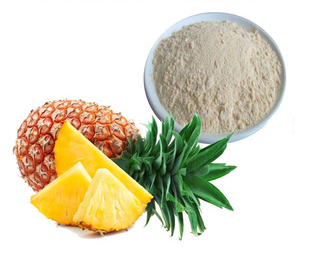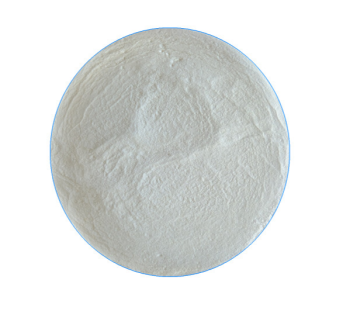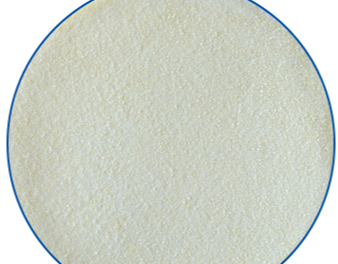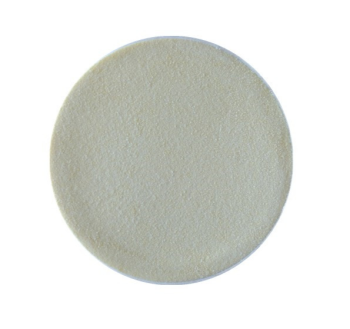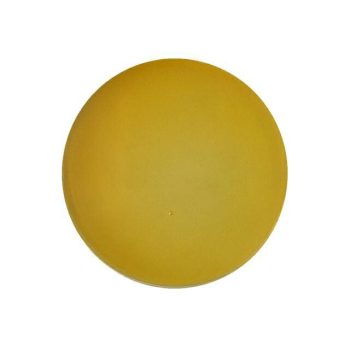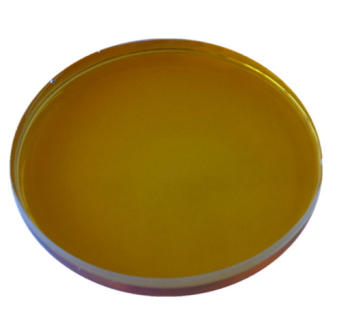Powder Glucoamylase Enzyme for Starch Saccharify Industry
Introduction
Glucoamylase (Glucan 1,4-α-glucosidase) is made from Aspergillus niger. Produced by submerged fermentation, separation, and extraction technology.
Definition of Unit
1 unit of Glucoamylase equals to the amount of enzyme which hydrolyzes soluble starch to get 1 mg glucose at 40℃ and pH 4.6 in 1 h.
Characteristics
| Declared Activity | Glucoamylase 150,000 u/g |
| Production Organism | Aspergillus niger |
| Physical Form | Powder |
| Color | Light yellow. Color can vary from batch to batch. Color intensity is not an indication of enzyme activity. |
| Odour | Normal microbial fermentation odour. |
Specifications
| Items | Lower Limit | Upper Limit |
| Lead | 5 mg/kg | |
| Arsenic | 3 mg/kg | |
| Total Viable Count | 50,000 CFU/g | |
| Coliform Bacteria | 30 CFU/g | |
| Escherichia coli | 10 CFU/g 3 MPN/g | |
| Salmonella | Not Detected/25g |
Recommended Dosage
The recommended dosage is 0.35-0.6 kg of the enzyme preparation per ton of dry starch when saccharifying at 60-63℃ and pH 4.3-4.5. A starting dose of 0.45 kg per ton of dry starch is recommended under most conditions. However, the optimal dosage depends on the specific process parameters and should be determined by testing different dosages.
Package
Package: 1 kg / bag.
Storage
Keep sealed in a dry and cool place and avoid direct sunlight. Slight sedimentation is acceptable since it will not impact the performance of the product.
Shelf Life
12 months in a dry and cool place.
Safety
Enzyme preparations are proteins, which may induce sensitization and cause allergic-type reactions in sensitized individuals. Prolonged contact may cause minor irritation for skin, eyes, or nasal mucosa, so any direct contact with the human body should be avoided. If irritation or allergic response for skin or eyes develops, consult a doctor.

